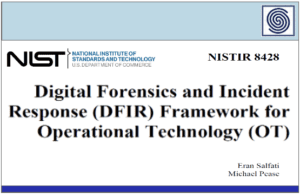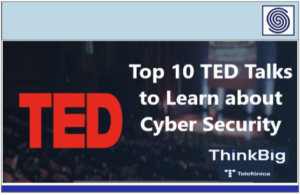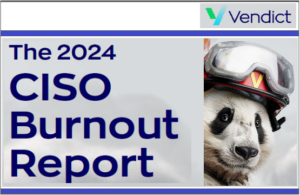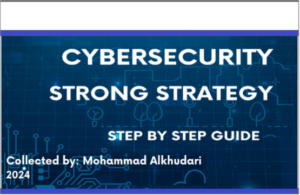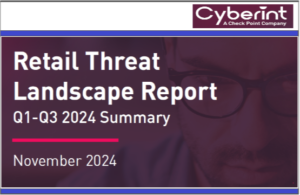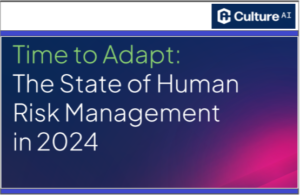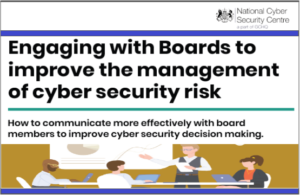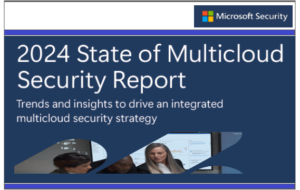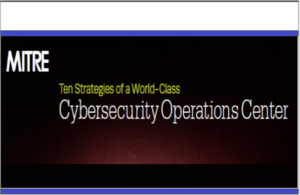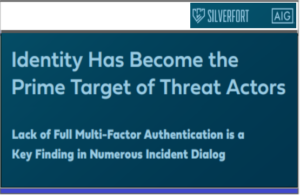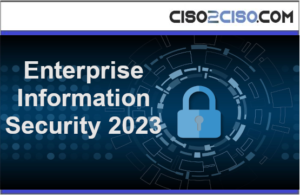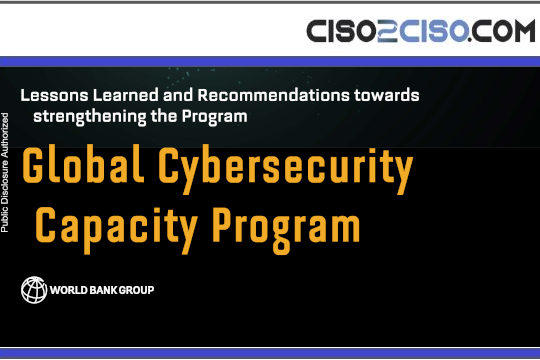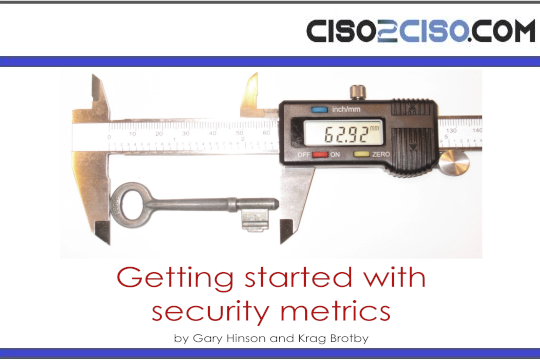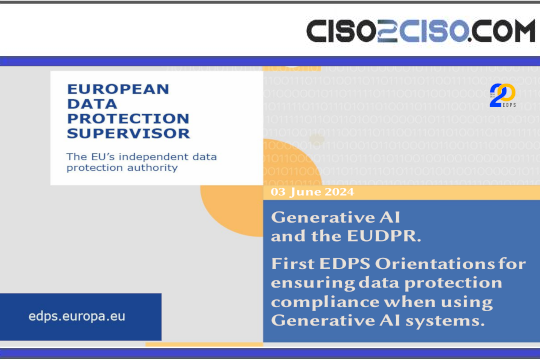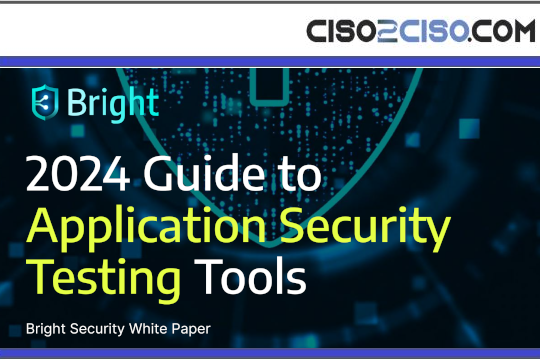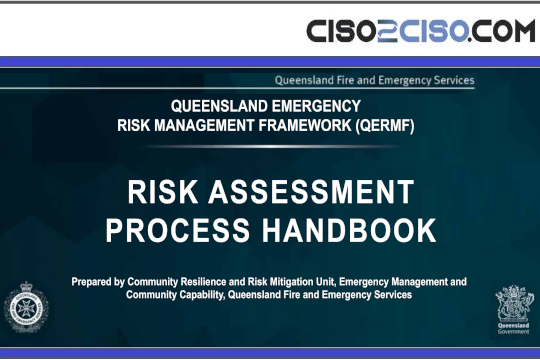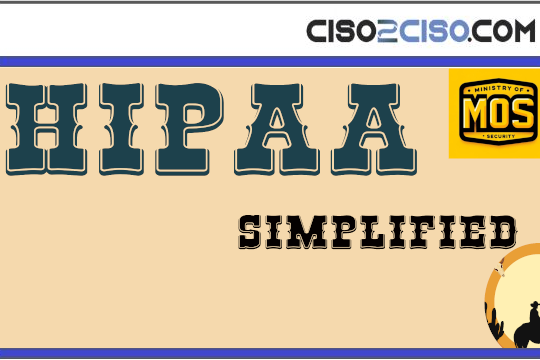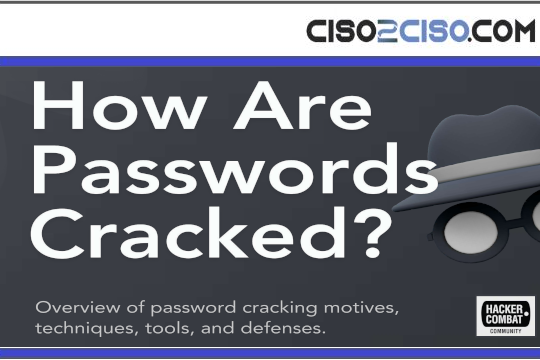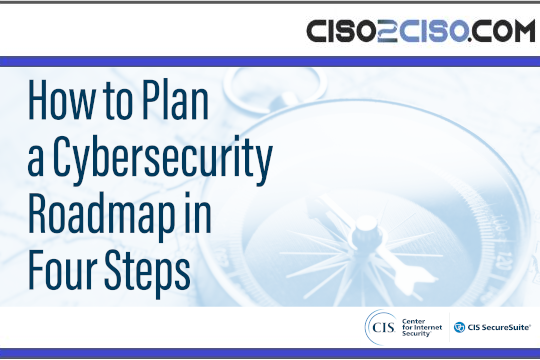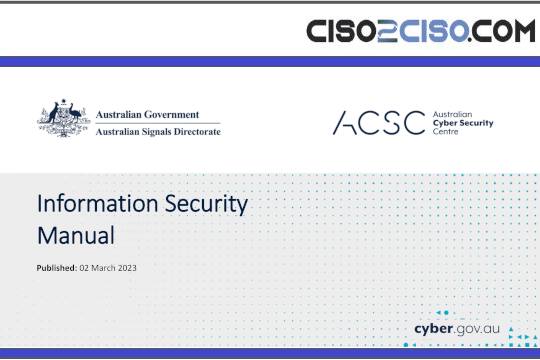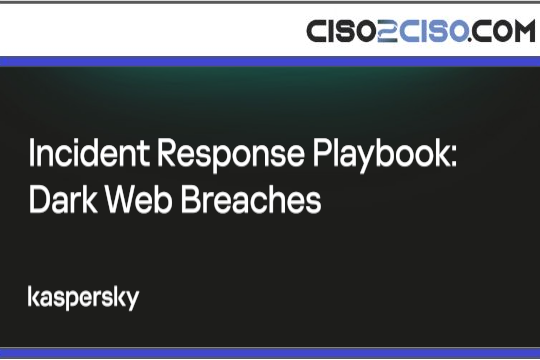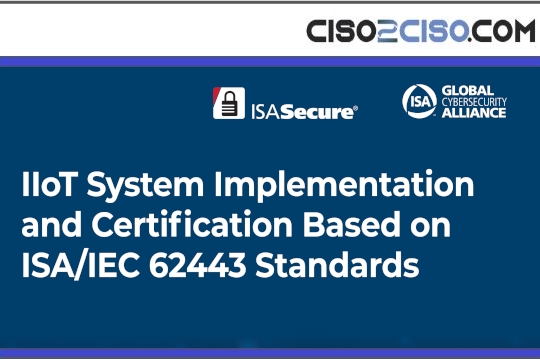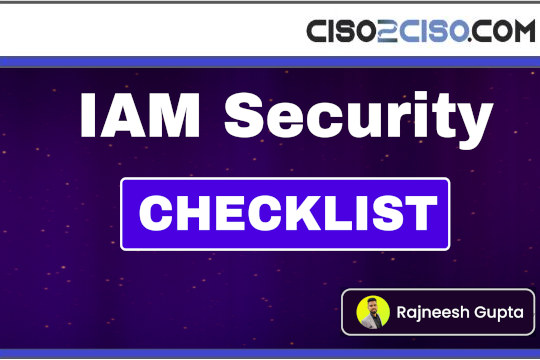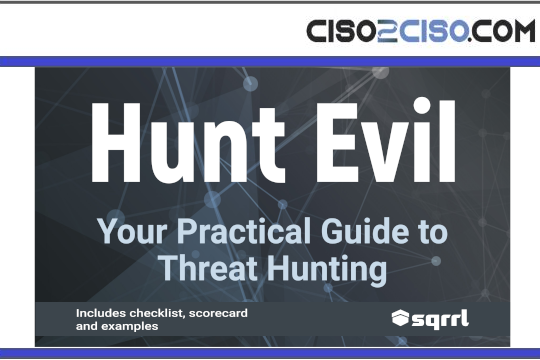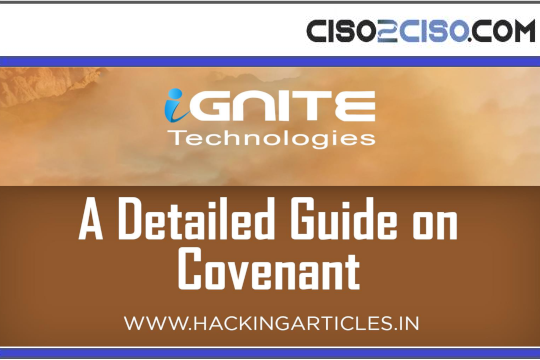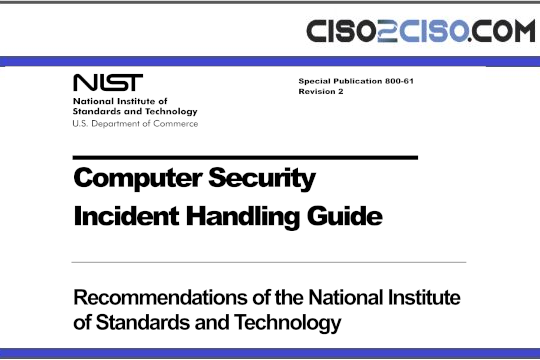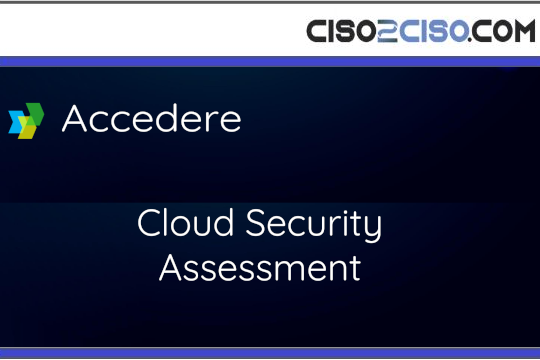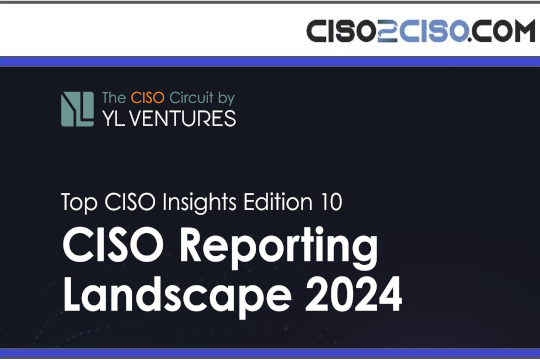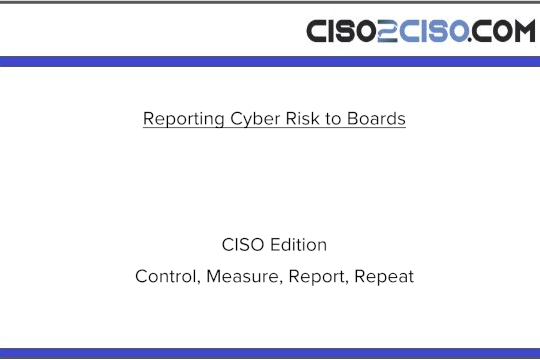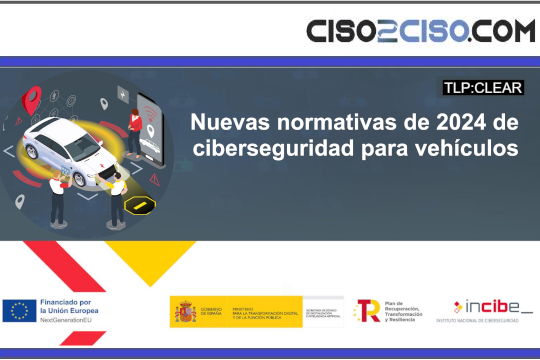Source: news.sophos.com – Author: mindimcdowell

![]()
This issue of the Counter Threat Unit’s high-level bimonthly report discusses noteworthy updates in the threat landscape during March and April
Executive summary
The Counter Threat Unit™ (CTU) research team analyzes security threats to help organizations protect their systems. Based on observations in March and April, CTU™ researchers identified the following noteworthy issues and changes in the global threat landscape:
- Cybersecurity lessons for HR
- Black Basta leaks provided strategic takeaways
- To future-proof cybersecurity, start now
Cybersecurity lessons for HR
Threat actors are increasingly targeting corporate departments where cybersecurity is not always the first thing they think about.
CTU researchers continue to investigate the ongoing and expanding North Korean campaign to embed fraudulent workers into Western organizations. The North Korean government has multiple goals: generate revenue via salaries to evade sanctions, conduct cyberespionage, obtain access to steal cryptocurrency, and carry out extortion operations. In a possible reaction to elevated awareness by U.S.-based organizations, North Korean state-sponsored threat groups such as NICKEL TAPESTRY have increased targeting of European and Japanese organizations as well. In addition to posing as American candidates, fraudulent workers applying to positions in Japan and the U.S. are adopting Vietnamese, Japanese, and Singaporean personas for their resumes.
Suspicious signs that a candidate is not who they claim to be include digitally manipulated stock photos, names or voices changing during the application process, an unverifiable employment history, and requests to use their own devices and virtual desktop infrastructure. Applicants are increasingly using AI to manipulate photos, generate resumes, and take part in interviews, and there has been an increase in the number of female personas. Once employed, these workers may steal data or cryptocurrency wallets and deploy malware on the system. It is essential for human resources (HR) and recruitment professionals to be able to identify fraudulent candidates to protect their organizations.
NICKEL TAPESTRY and other groups such as GOLD BLADE are also focusing on HR staff and recruiters. CTU researchers observed GOLD BLADE targeting talent acquisition staff in phishing attacks that were likely part of corporate espionage operations. PDF resumes uploaded to the victim’s external job application site contained malicious code that ultimately led to system compromise. The attacks impacted organizations in Canada, Australia, and the UK.
CTU researchers recommend that organizations educate HR employees about risks associated with phishing and social engineering attacks and specifically about the dangers posed by fraudulent North Korean workers. Organizations should establish processes for reporting suspicious candidates and other malicious activities.
 |
What You Should Do Next
Ensure that your recruiters conduct candidate verification checks, and take additional measures to verify |
Black Basta leaks provided strategic takeaways
Publicly exposed chat logs revealed details of Black Basta ransomware operations.
Analysis of Black Basta chat logs that were posted first to a file-sharing service and then to Telegram did not radically change CTU researchers’ understanding of the ransomware landscape. However, the logs do contain information about the GOLD REBELLION threat group’s operation. They also reinforce lessons about how important it is for organizations to maintain good cyber defenses. Ransomware attacks remain largely opportunistic, even if groups such as GOLD REBELLION perform triage after obtaining initial access to evaluate the victim’s viability as a ransomware target. Organizations cannot afford to relax their defenses.
Ransomware and extortion groups innovate when it benefits them; for example, Anubis offers an unusual range of options to its affiliates, and DragonForce attempted to rebrand as a cartel. However, proven approaches and tactics continue to be popular. The leaks confirmed that GOLD REBELLION is one of many ransomware groups that exploit older vulnerabilities for access. Identifying and exploiting zero-days take both technical skills and resources, but these investments are unnecessary when unpatched systems susceptible to older flaws remain abundant. The chat logs also showed that GOLD REBELLION members regularly exploited stolen credentials to access networks. The logs contained usernames and passwords for multiple organizations. To defend against these attacks, organizations must patch vulnerabilities as soon as possible and must protect networks against infostealers that capture credentials.
Like other cybercriminal groups such as GOLD HARVEST, GOLD REBELLION also used social engineering techniques in its attacks. The threat actors posed as IT help desk workers to contact victims via Microsoft Teams. The chat logs contained multiple discussions about effective techniques to use in these attacks. Organizations need to stay up to date on social engineering ruses and how to counter them. Organizations must also ensure that second-line defenses can identify and stop attacks if the social engineering efforts succeed.
The publication of these logs may have caused GOLD REBELLION to cease its operation, as it has not posted victims to its leak site since January 2025. Group members and affiliates have options, though: they may migrate to other ransomware operations or even carry out attacks alone. Network defenders can apply lessons learned from the chat logs to the broader fight against the ransomware threat.
 |
What You Should Do Next
Train employees to recognize and resist evolving social engineering techniques in order to counter a |
To future-proof cybersecurity, start now
Migration to technologies that are compatible with post-quantum cryptography requires organizations to start planning now.
Defending an organization against cyber threats can feel like maintaining flood defenses against a constant wave of issues that need addressing now. It may be tempting to put off thinking about threats that seem to be years away, such as quantum computing. However, mitigating these threats can require extensive preparation.
Since 2020, the UK’s National Cyber Security Centre (NCSC) has published a series of documents on the threat posed by quantum computing and on how to prepare for it. Quantum computing’s probable ability to crack current encryption methods will require organizations to upgrade to technology that can support post-quantum cryptography (PQC). This upgrade is necessary to maintain the confidentiality and integrity of their systems and data. Technical standardization has already begun — the U.S. National Institute of Standards and Technology (NIST) published the first three relevant standards in August 2024.
In March 2025, the NCSC published guidance about timelines for migration to PQC. This information primarily targets large and critical national infrastructure organizations. Smaller organizations will likely receive guidance and help from vendors but still need to be aware of the issue. The deadline for complete migration to PQC is 2035, but interim goals are set for defining migration goals, conducting discovery, and building an initial plan by 2028, and for starting highest priority migration and making necessary refinements to the plan by 2031. The guidance says that the primary goal is to integrate PQC without increasing cybersecurity risks, which requires early and thorough planning.
The guidance acknowledges that migration will be a major undertaking for many organizations, especially in environments that include older systems. It is equally explicit that migration cannot be avoided. Organizations that choose to delay will expose themselves to substantial risks posed by quantum computing attacks. While the guidance is aimed at UK organizations, it is also useful for organizations in other countries and may additionally be beneficial for other major technology migration efforts.
 |
What You Should Do Next
Read the NCSC guidance and consider the impact that PQC may have on your technology investment and growth plans over the next 10 years. |
Conclusion
The cyber threat landscape is constantly fluctuating, but many of those fluctuations are predictable. They might arise from standardization of new technologies that will lead to different types of threat, or from threat actors continuing to take advantage of old security gaps. Keeping up to date with threat intelligence is an important part of security strategy planning.
Original Post URL: https://news.sophos.com/en-us/2025/07/03/threat-intelligence-executive-report-volume-2025-number-3/
Category & Tags: Threat Research,Black Basta,ctu,employment scam,featured,GOLD REBELLION,human resources,North Korea,post-quantum cryptography – Threat Research,Black Basta,ctu,employment scam,featured,GOLD REBELLION,human resources,North Korea,post-quantum cryptography
Views: 0




